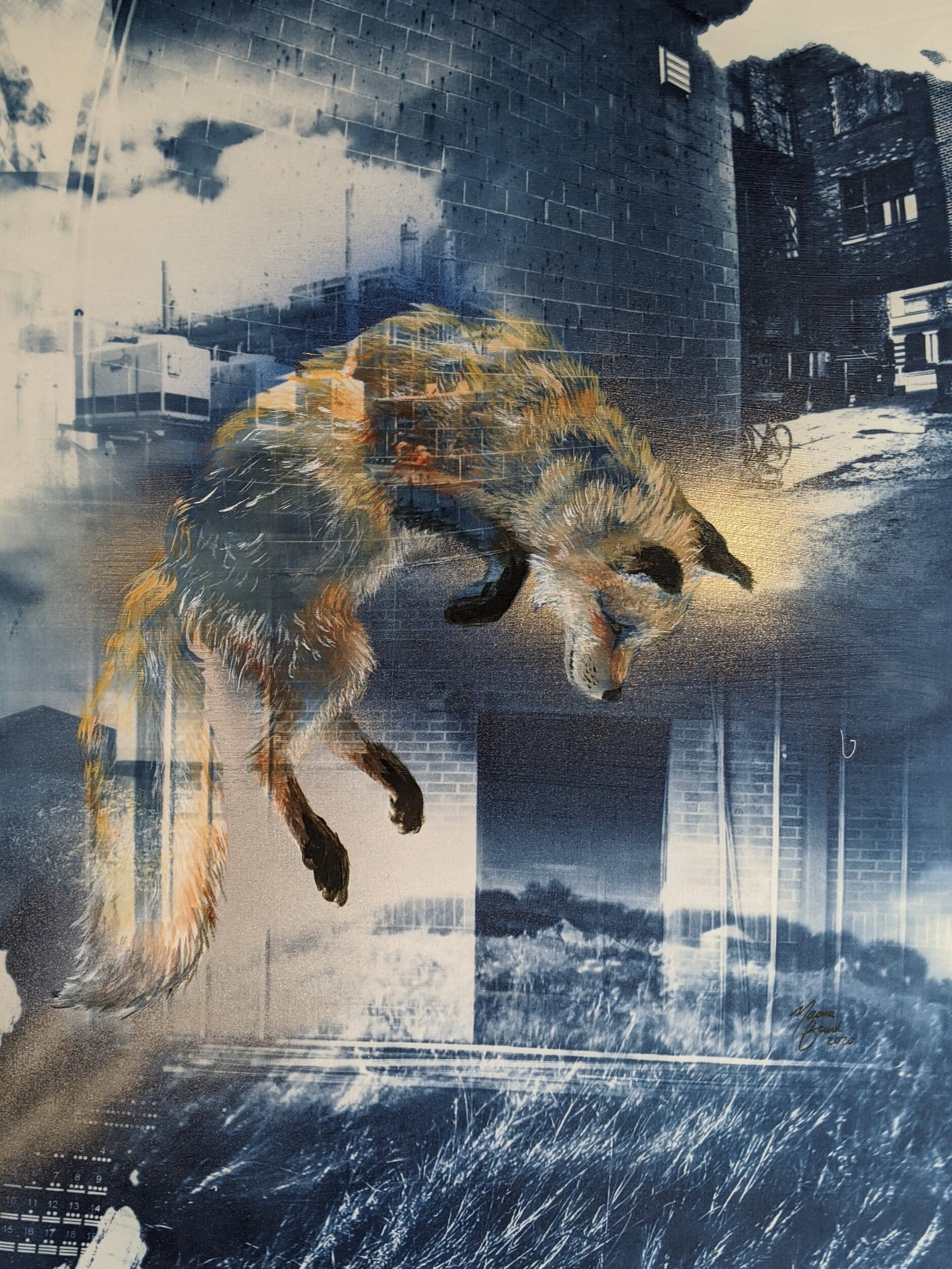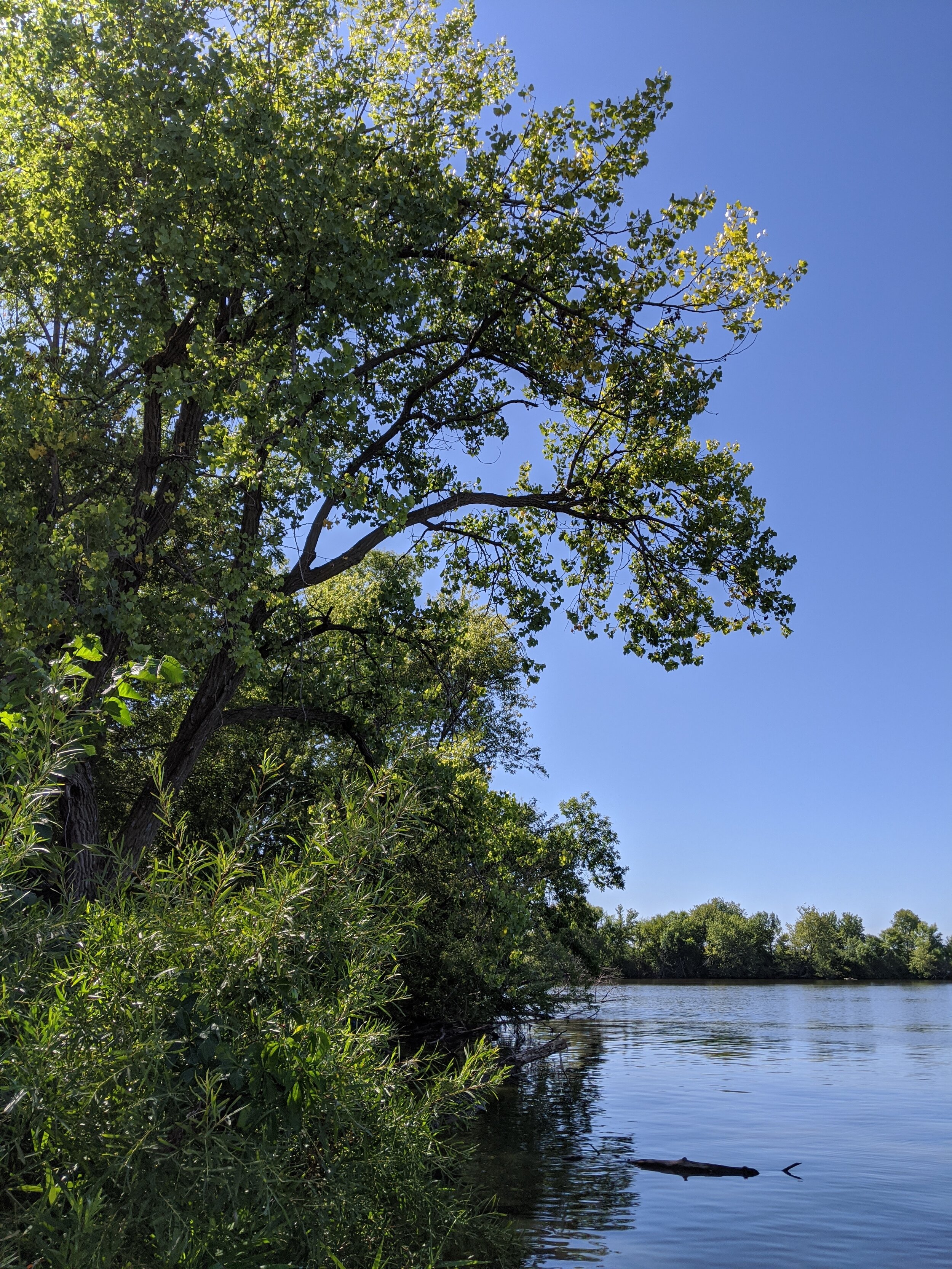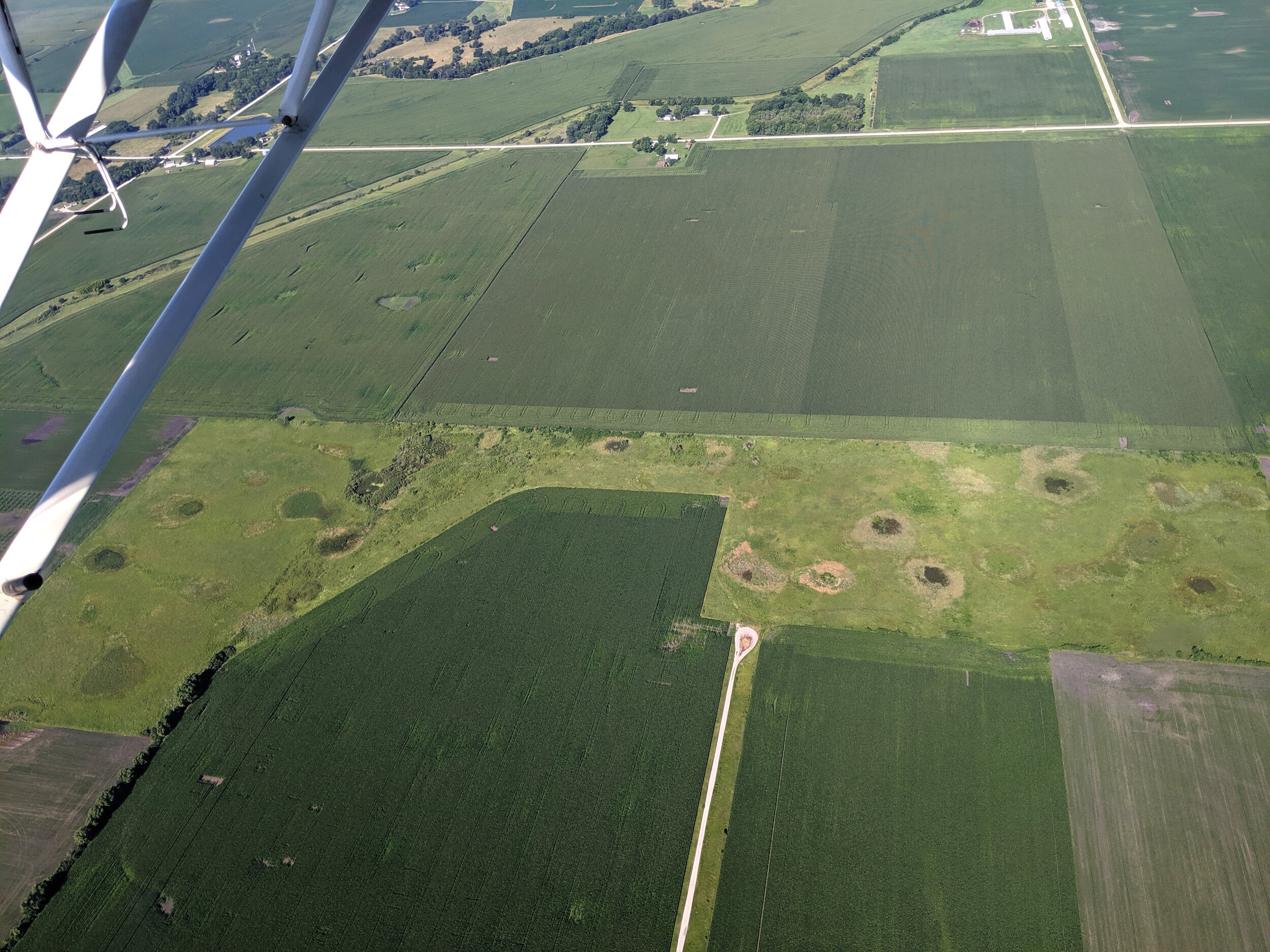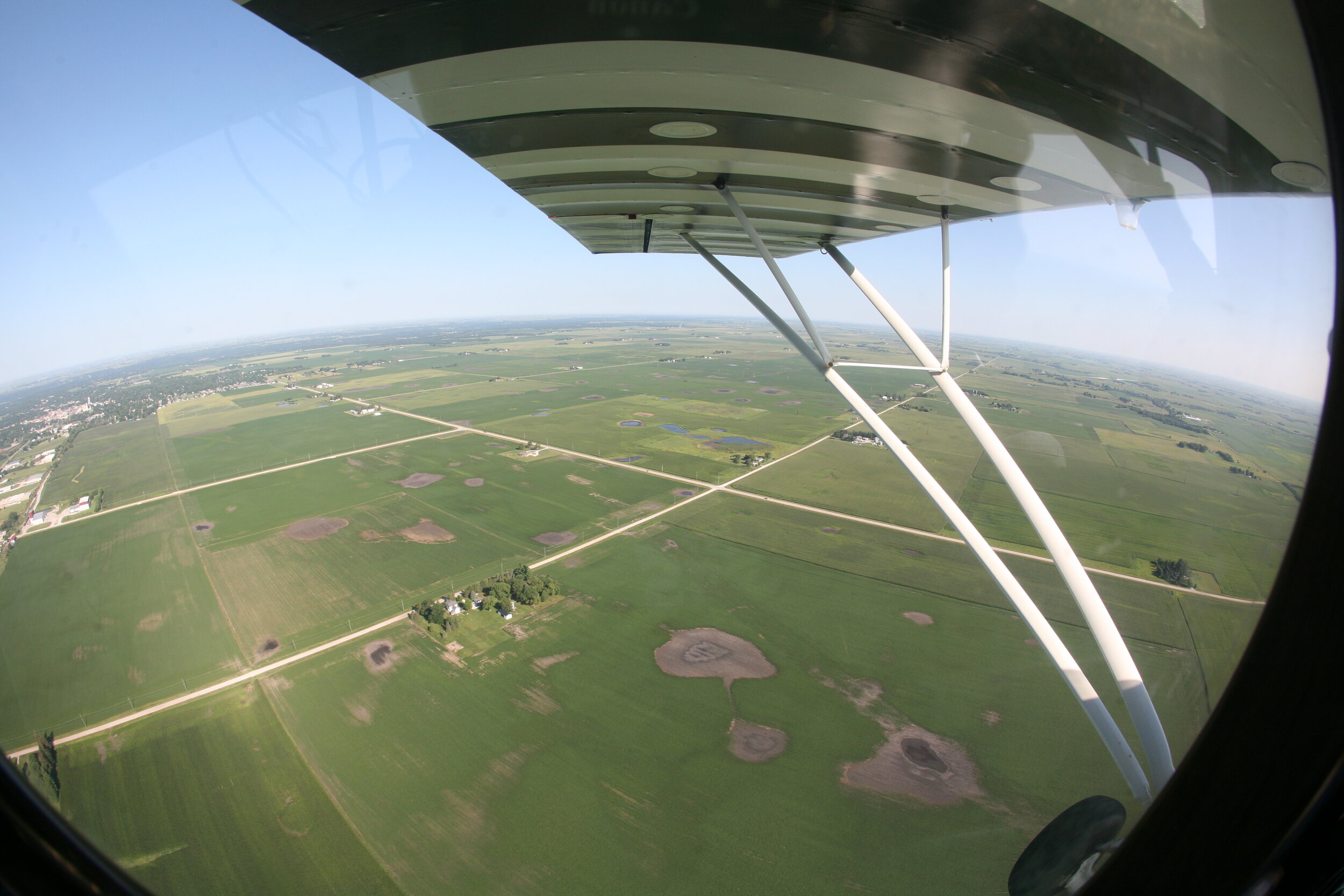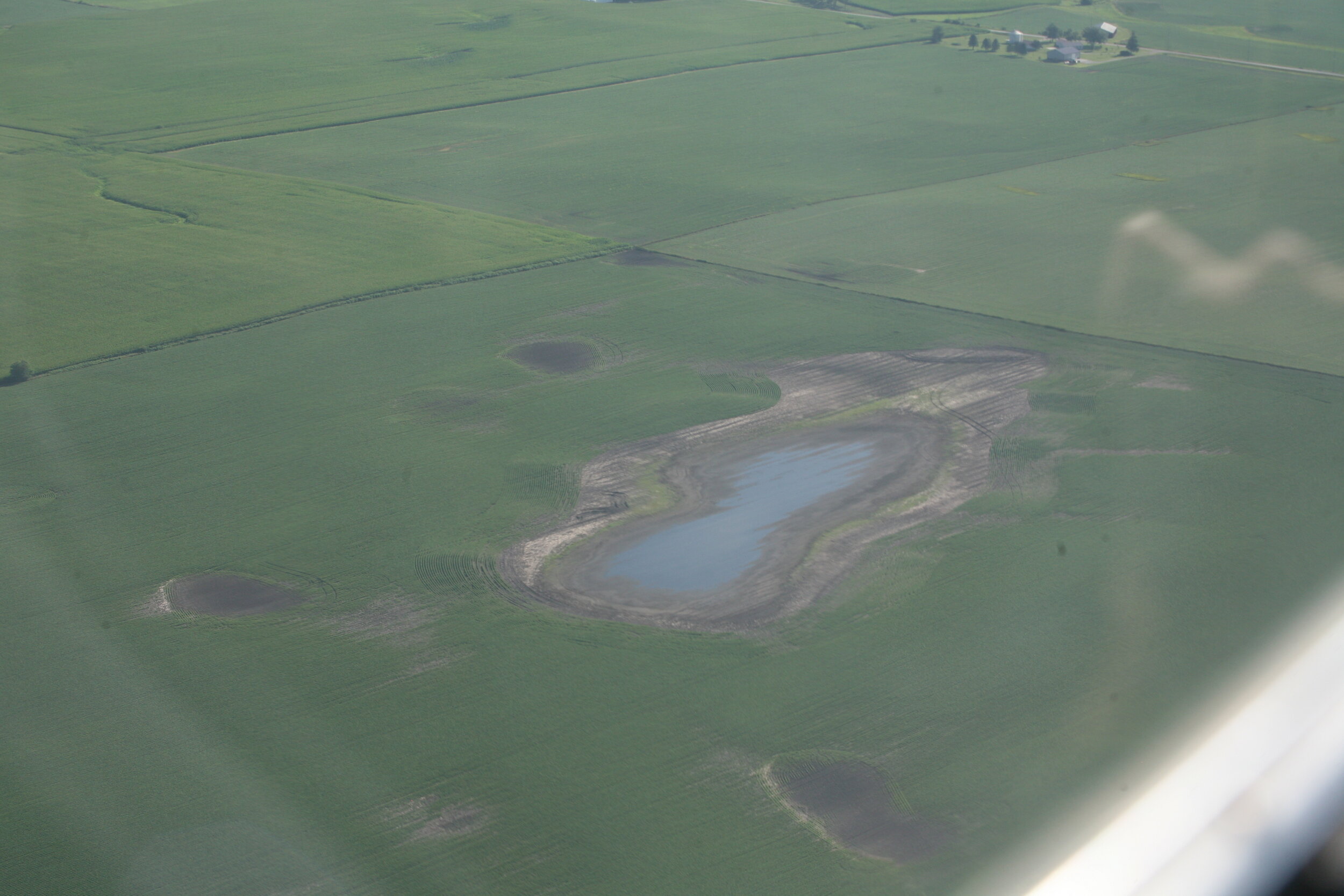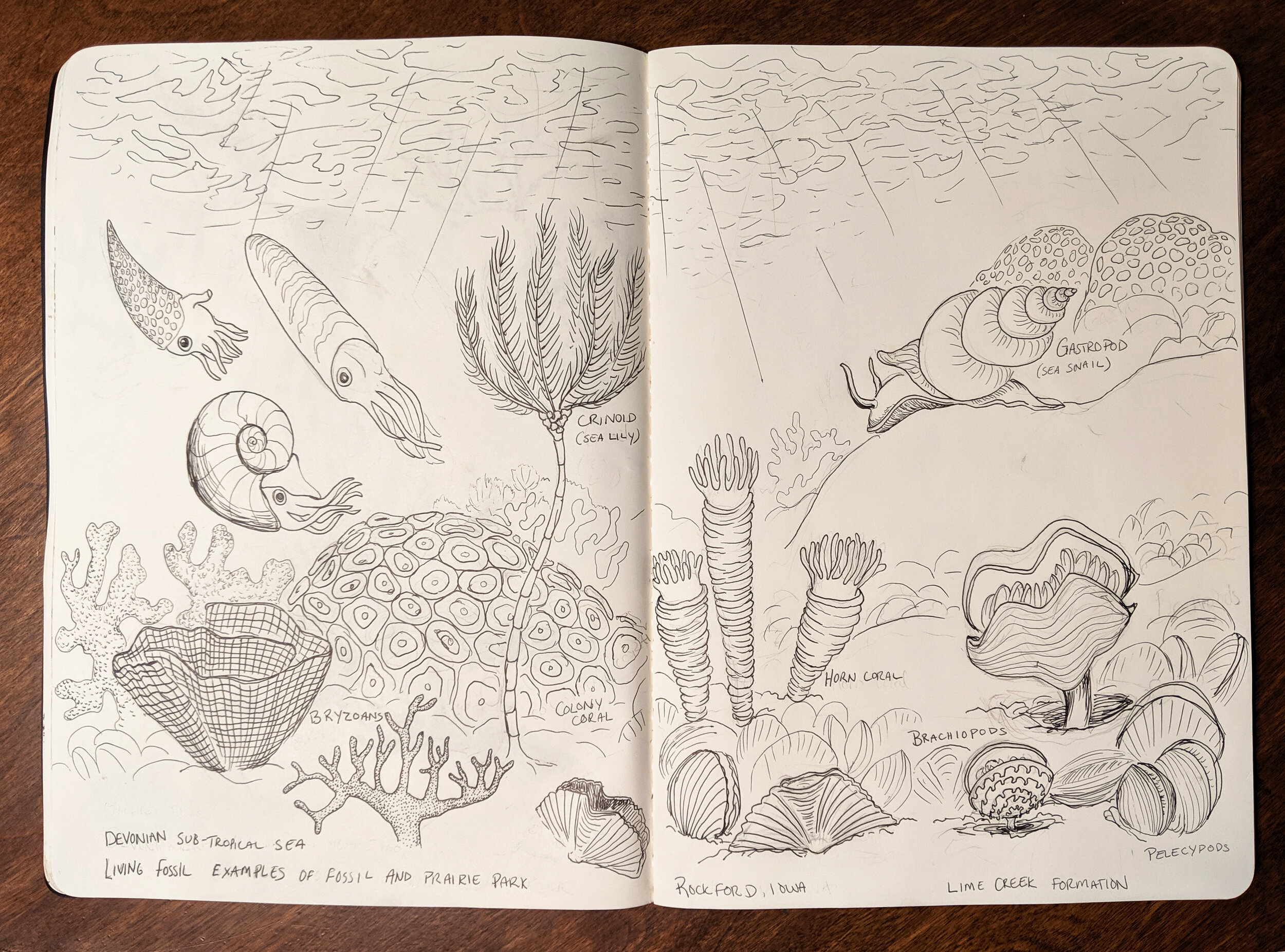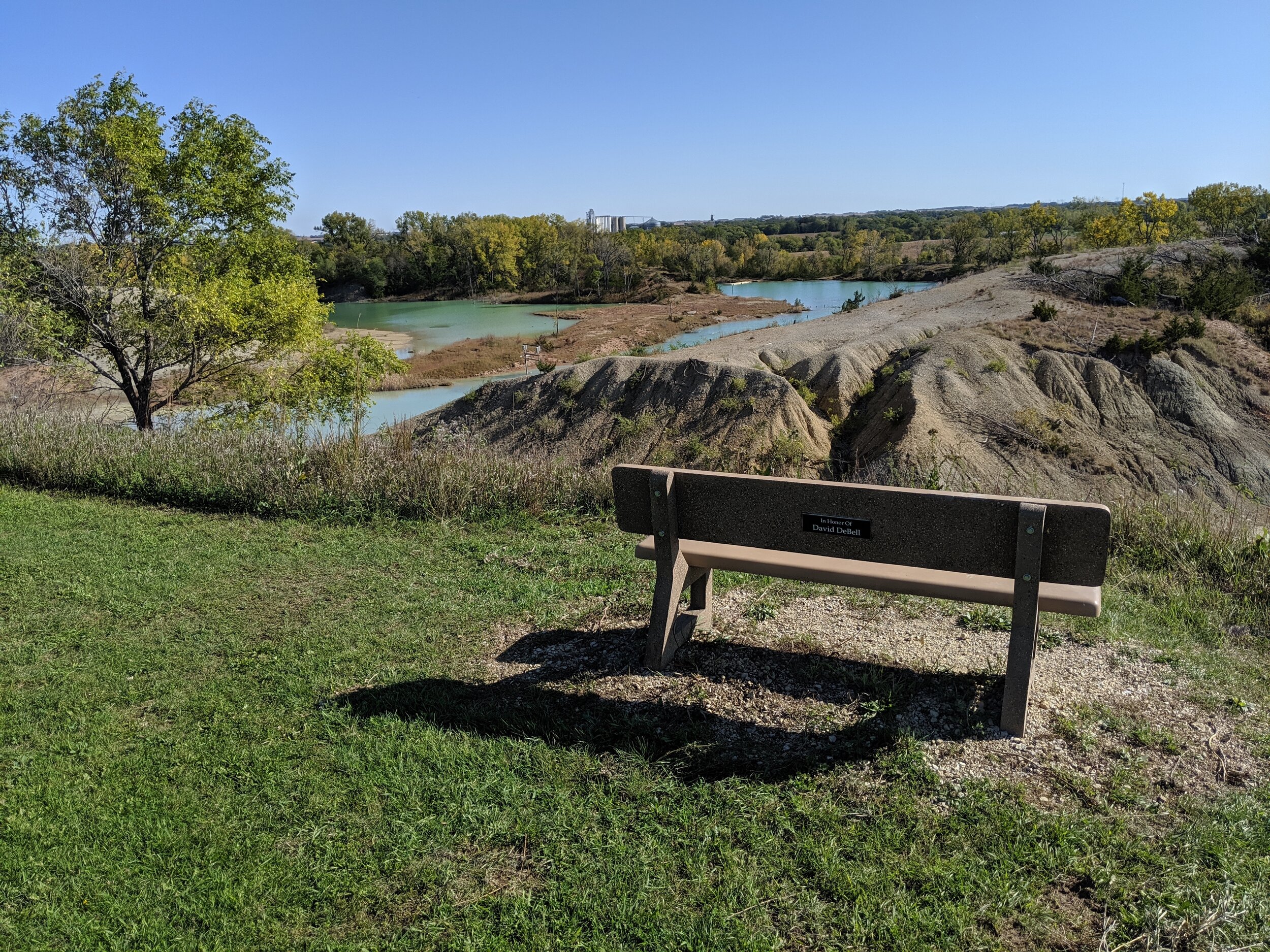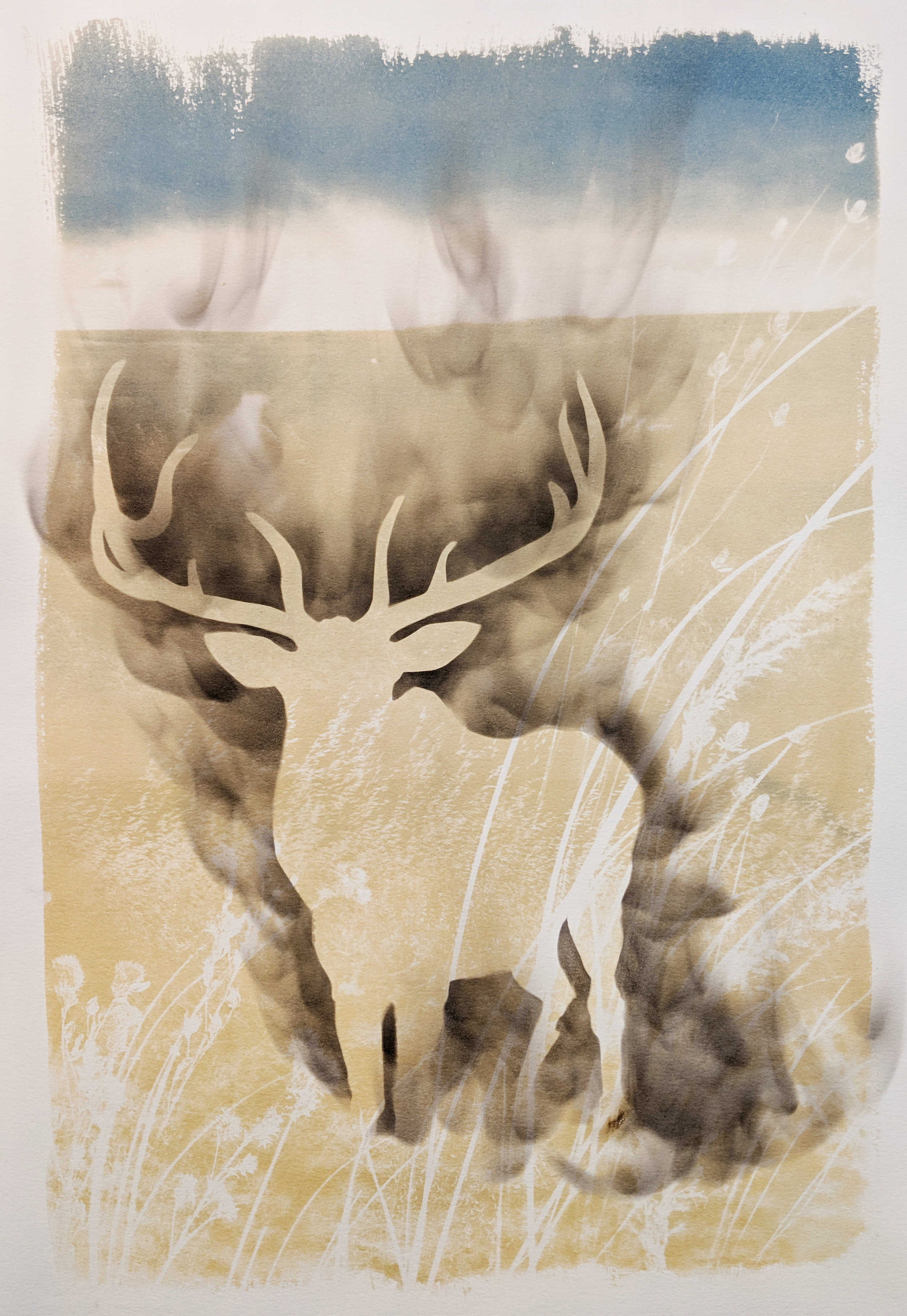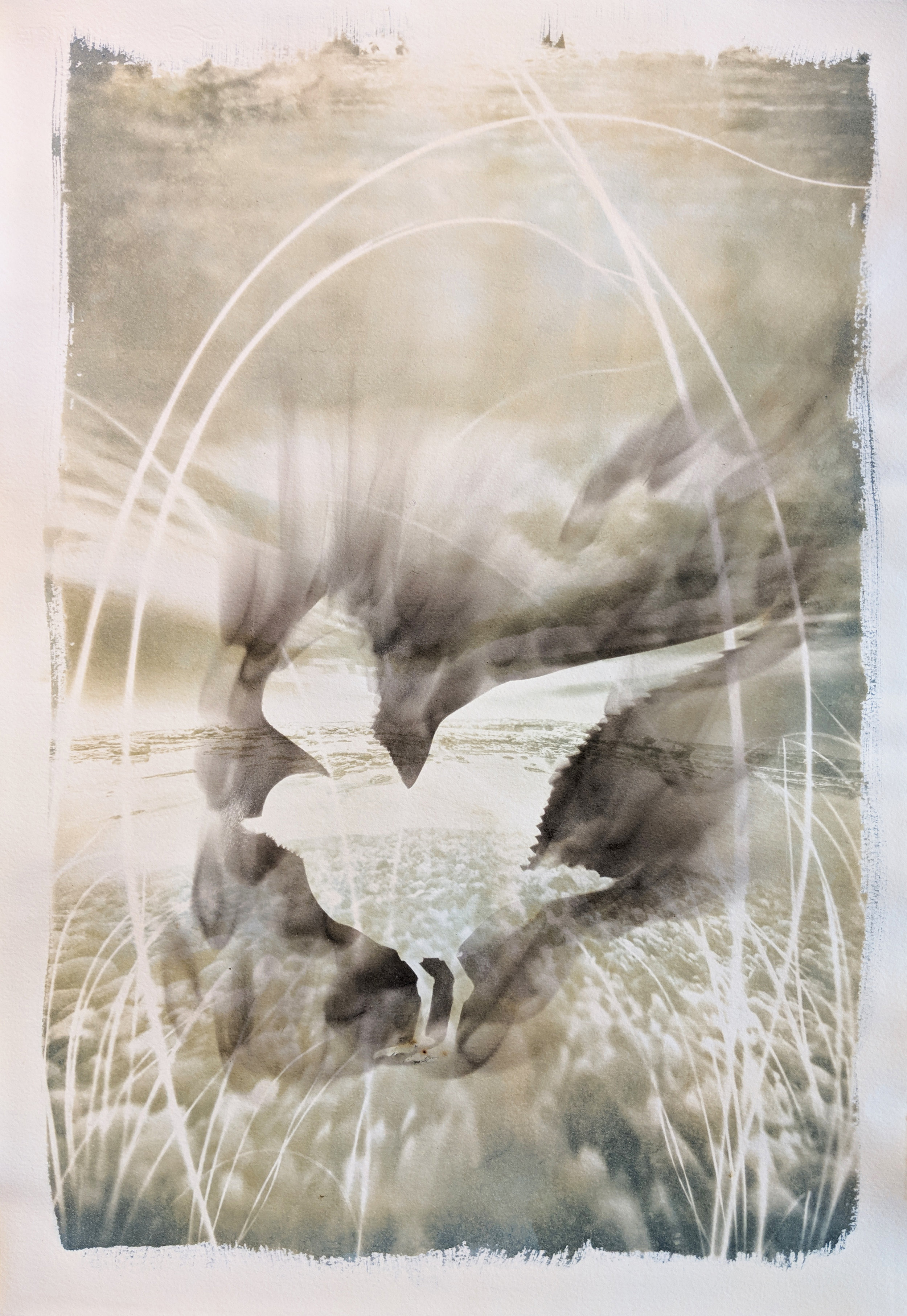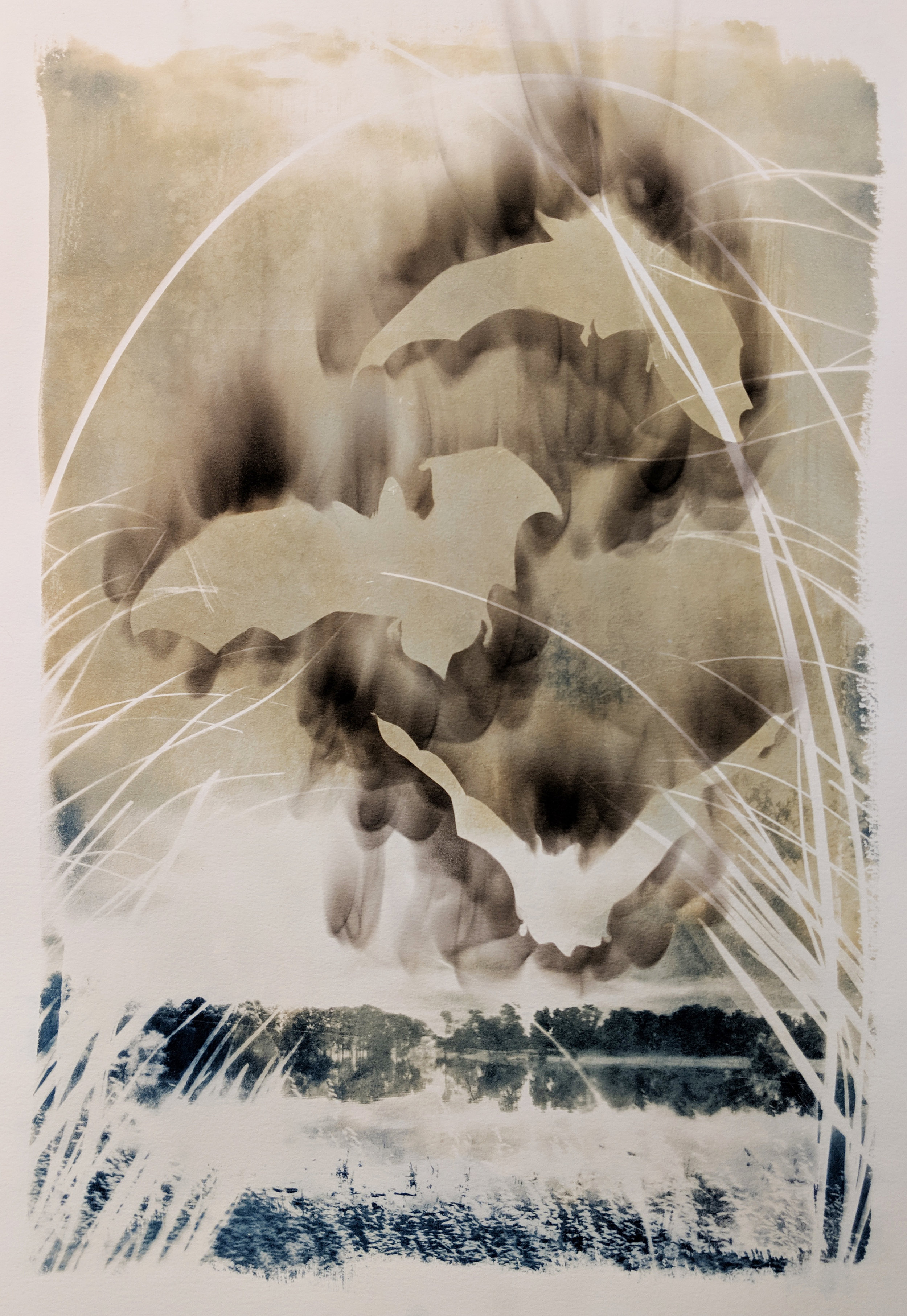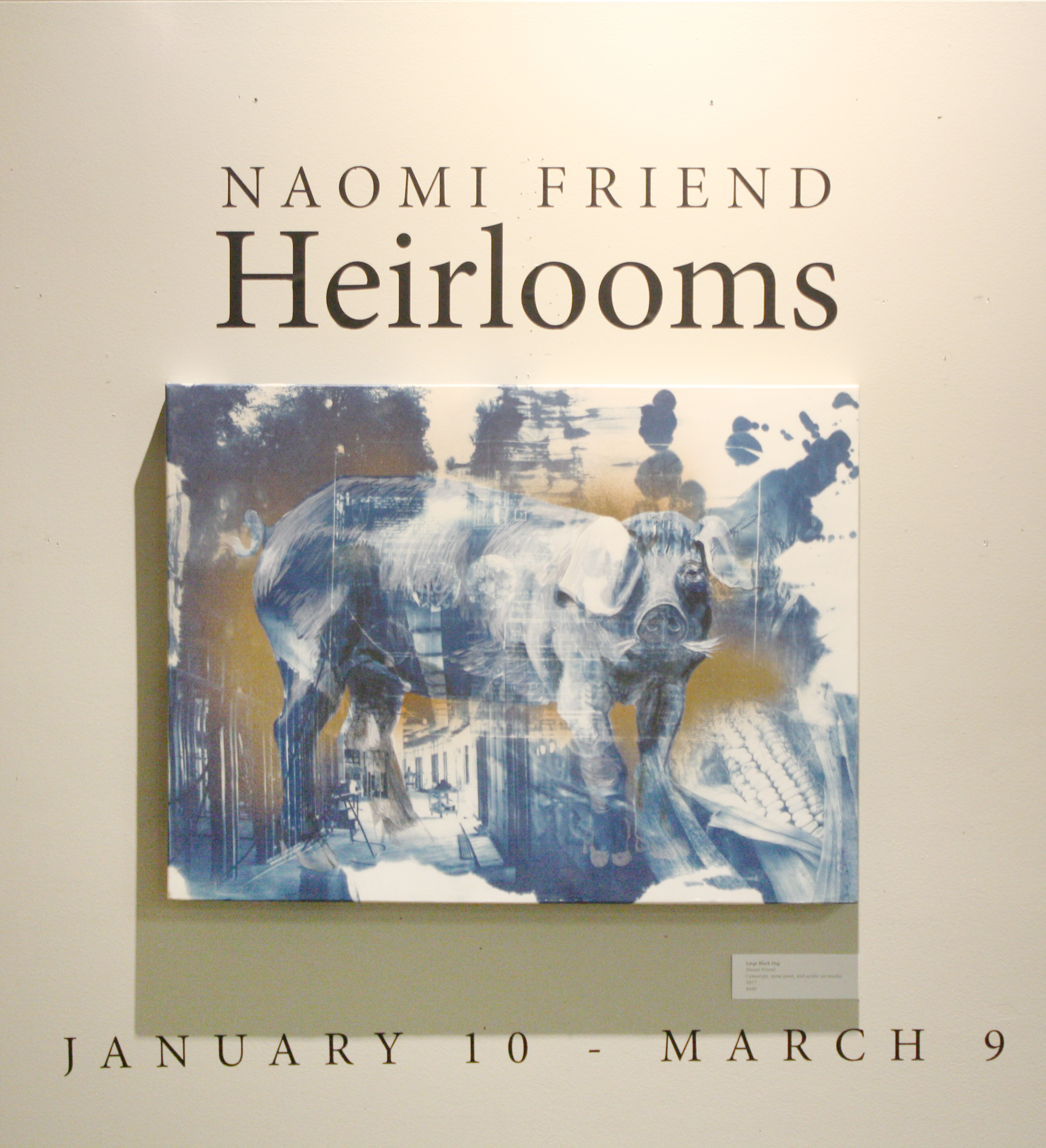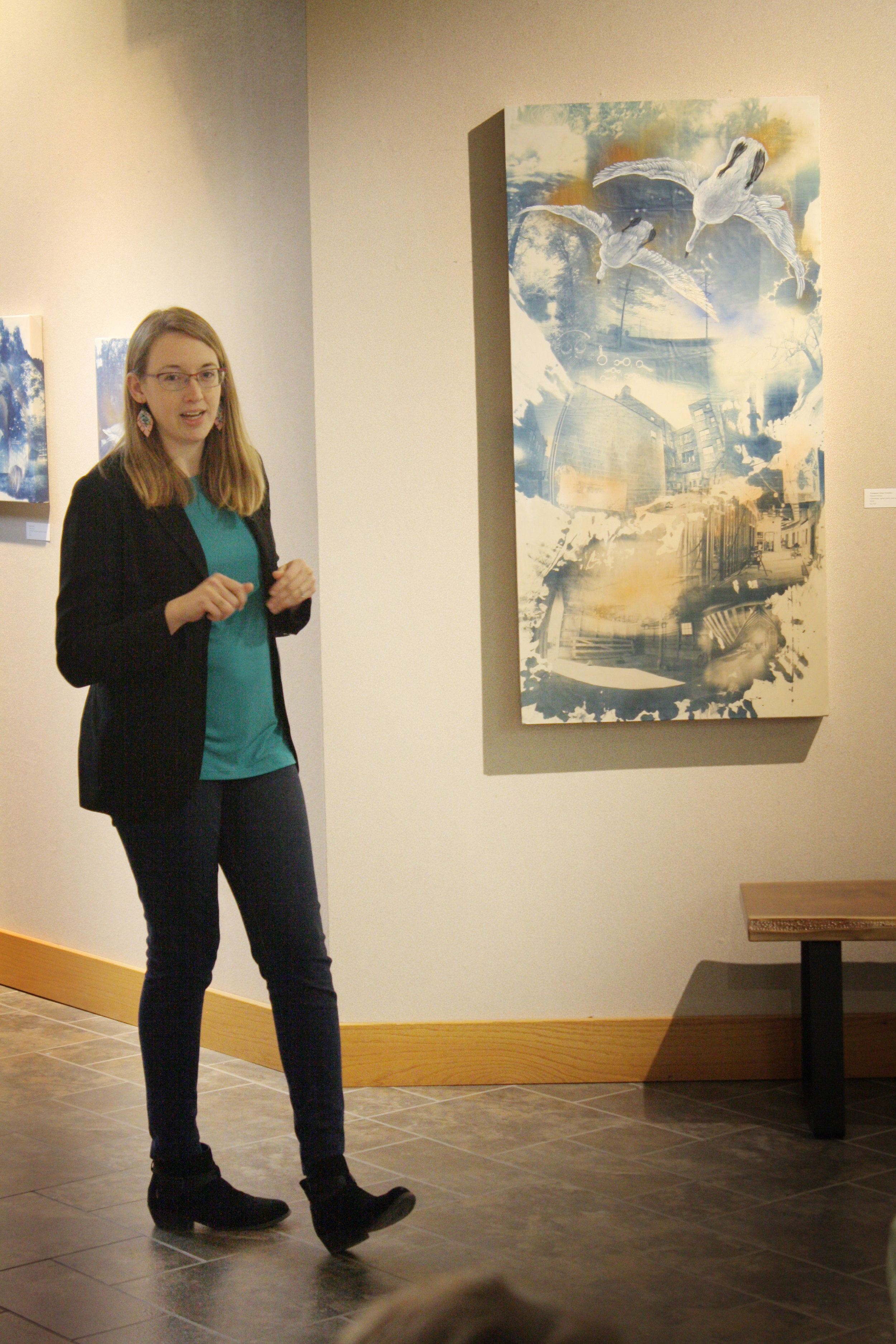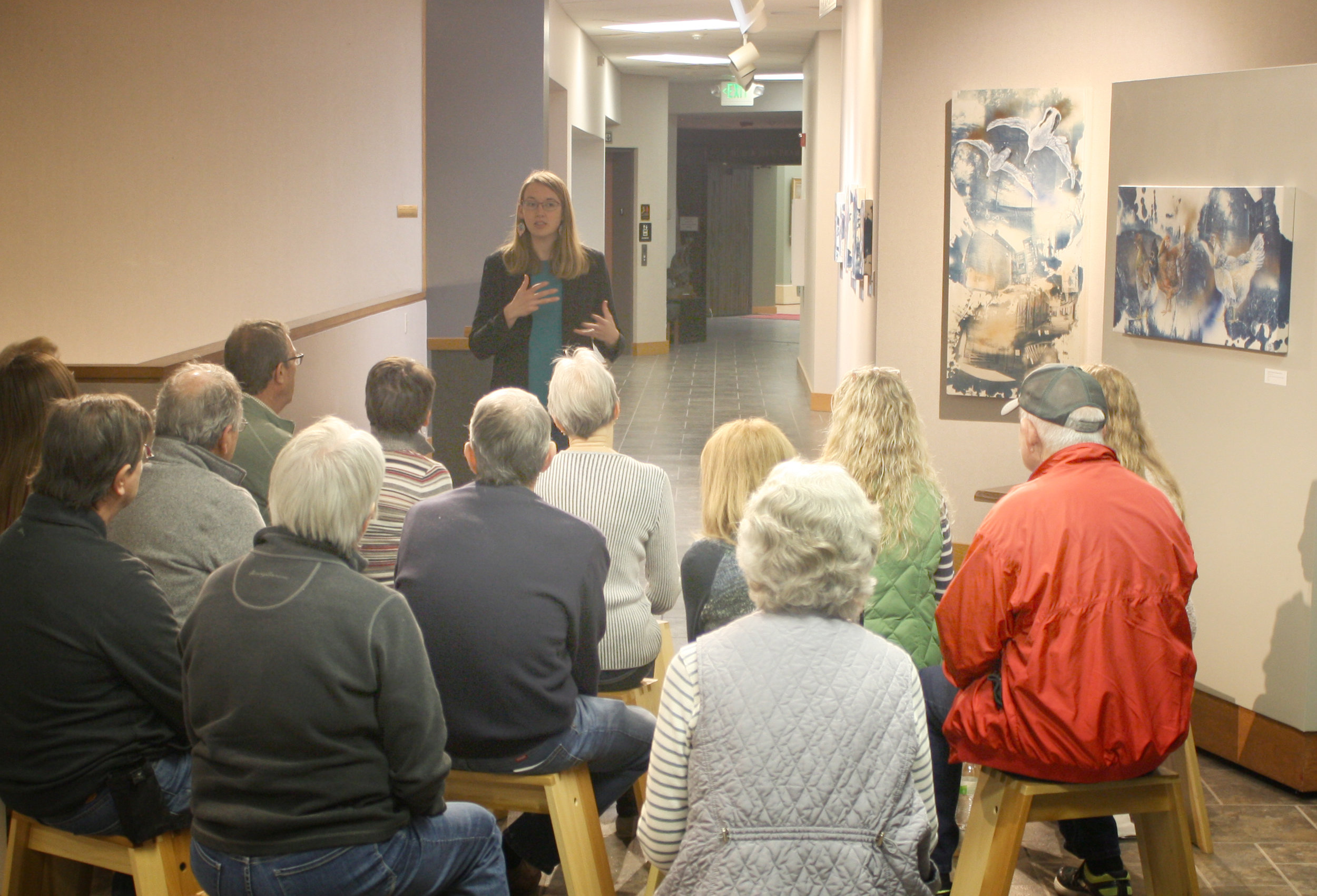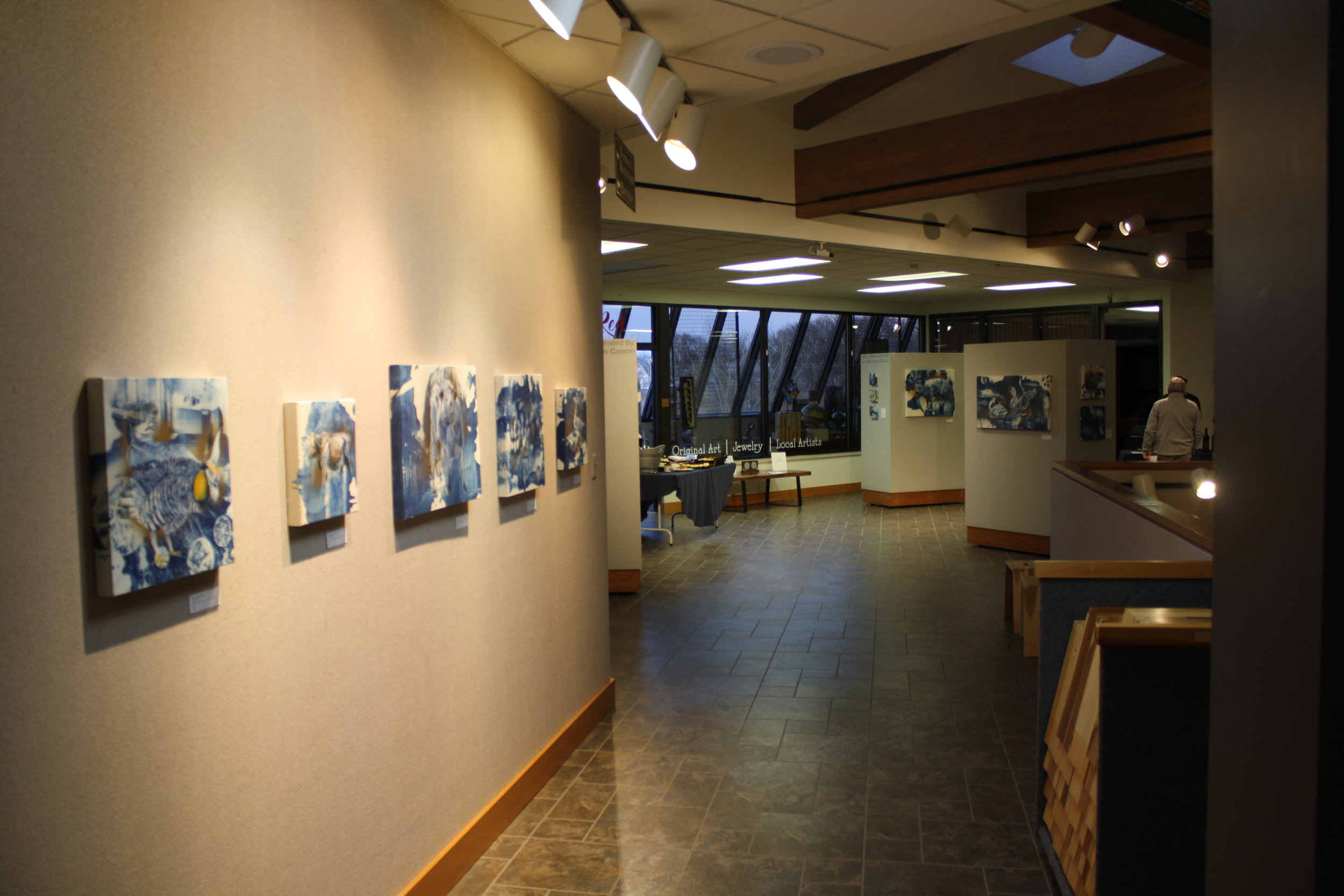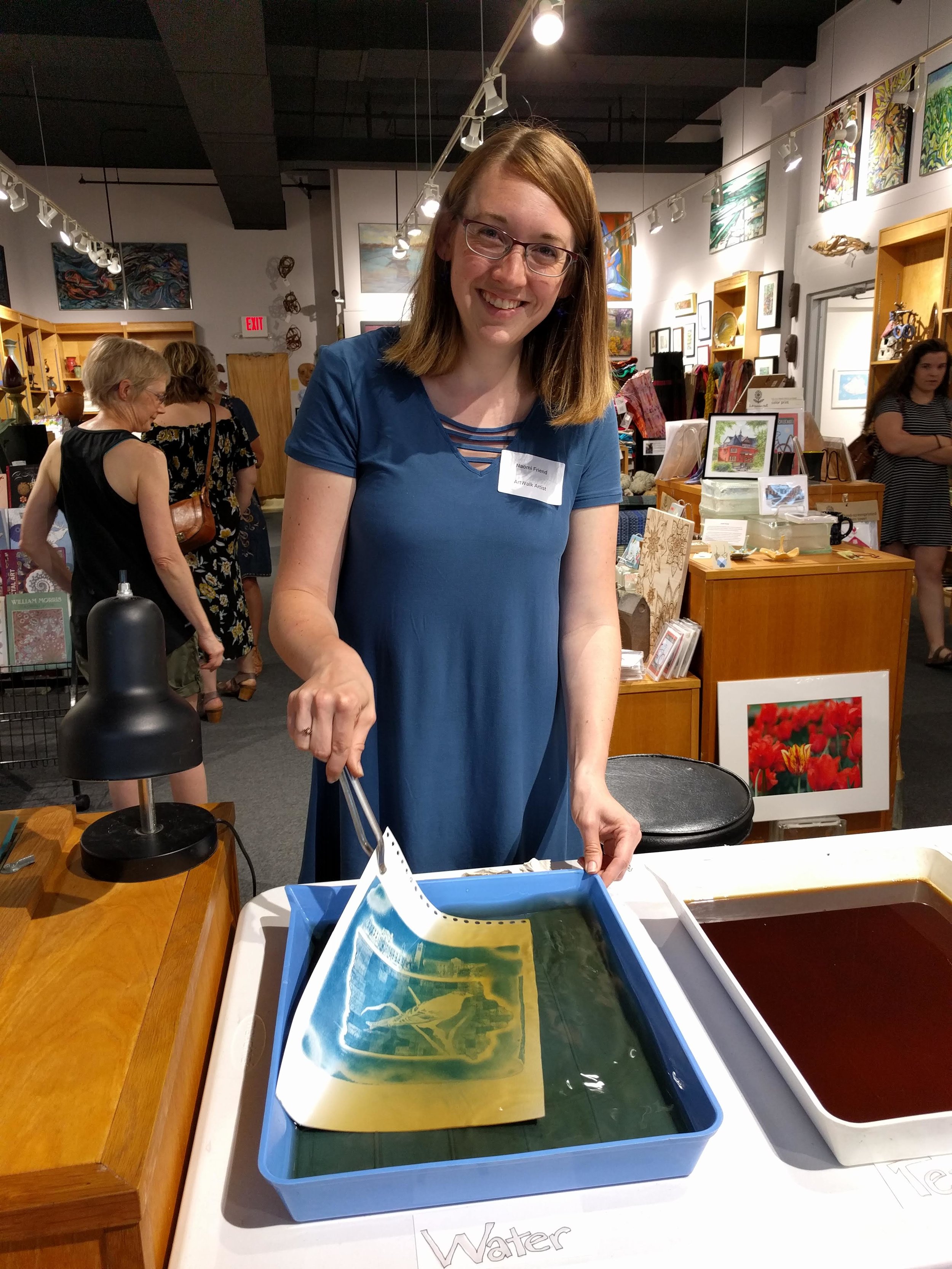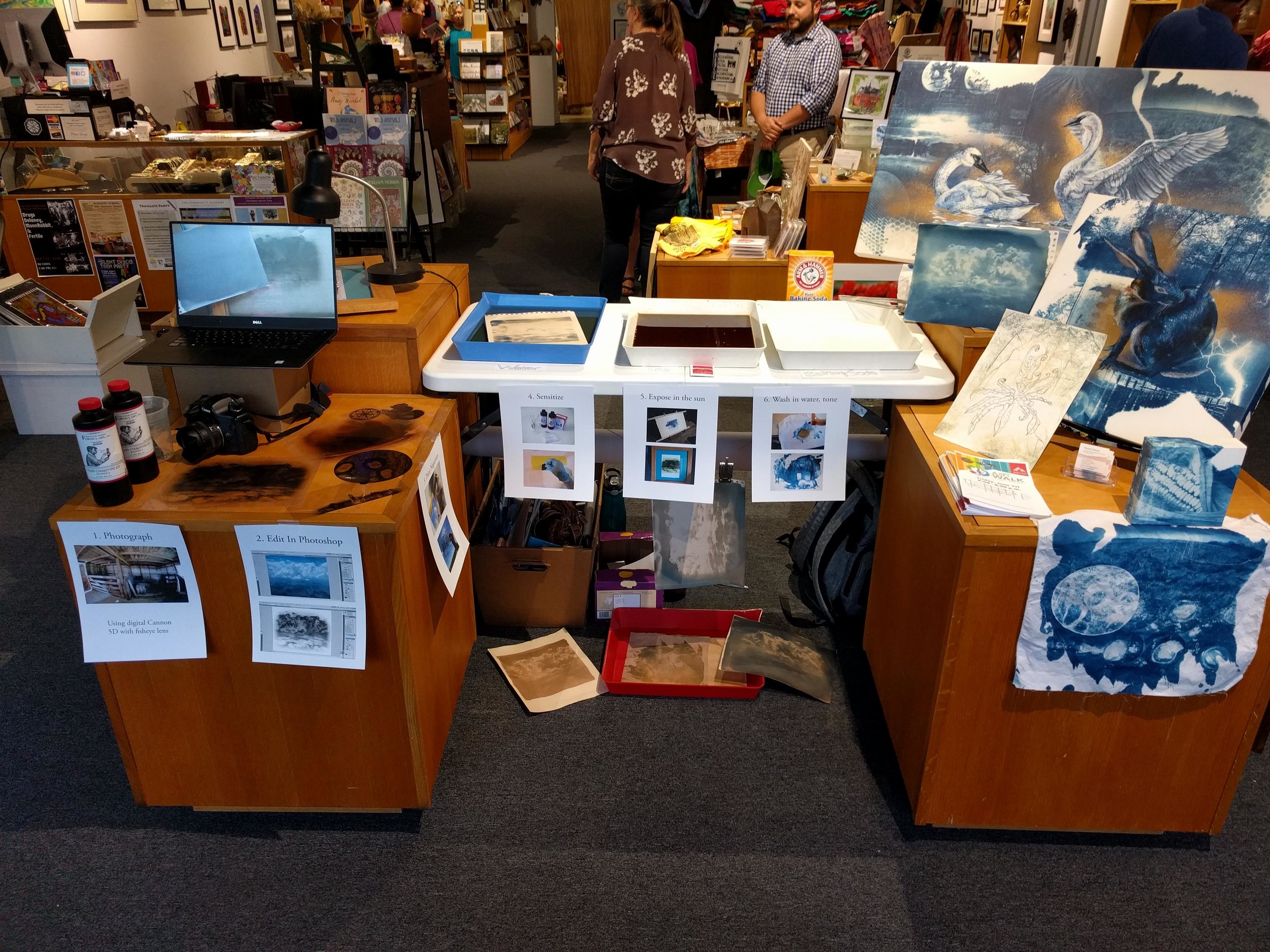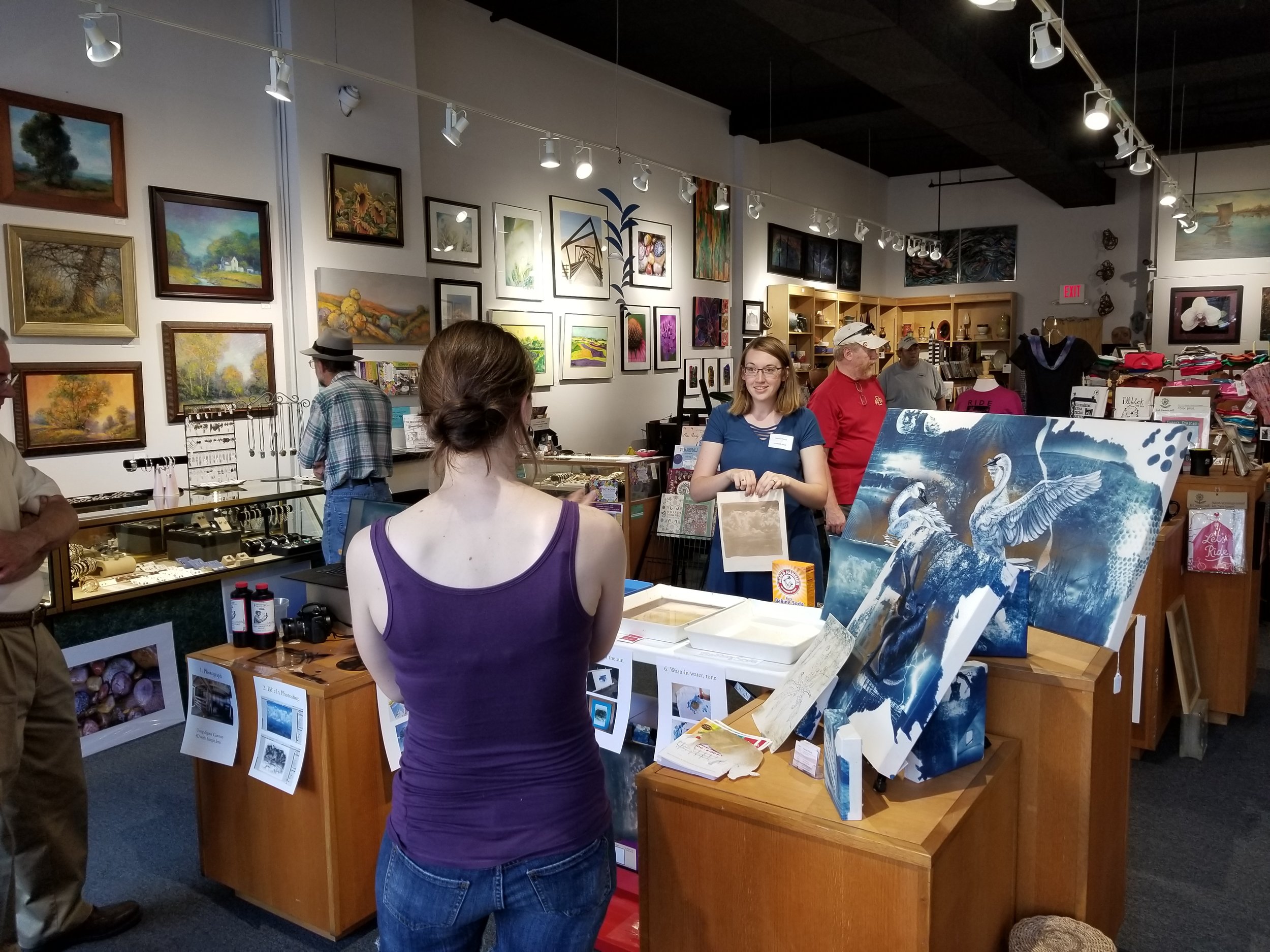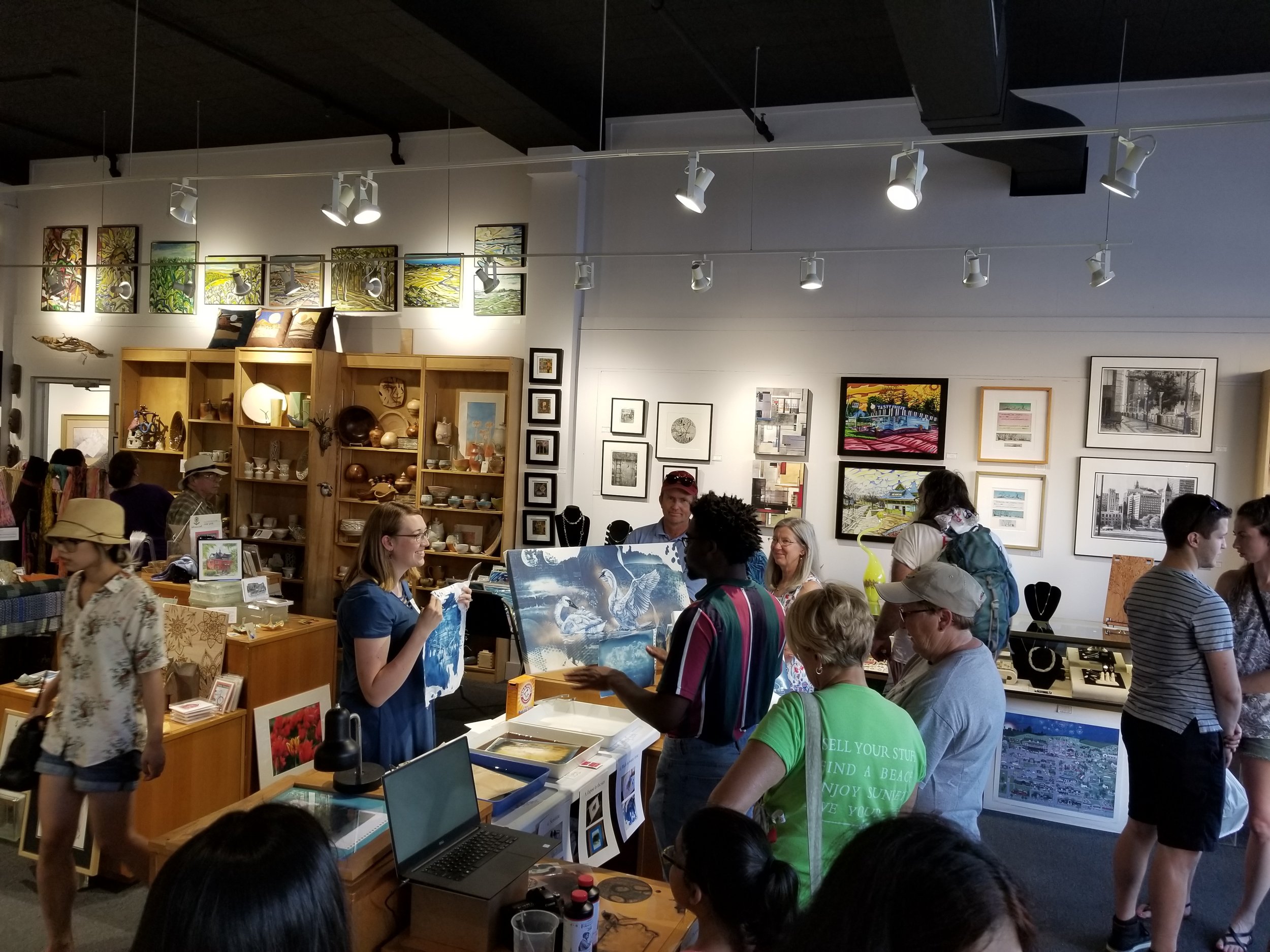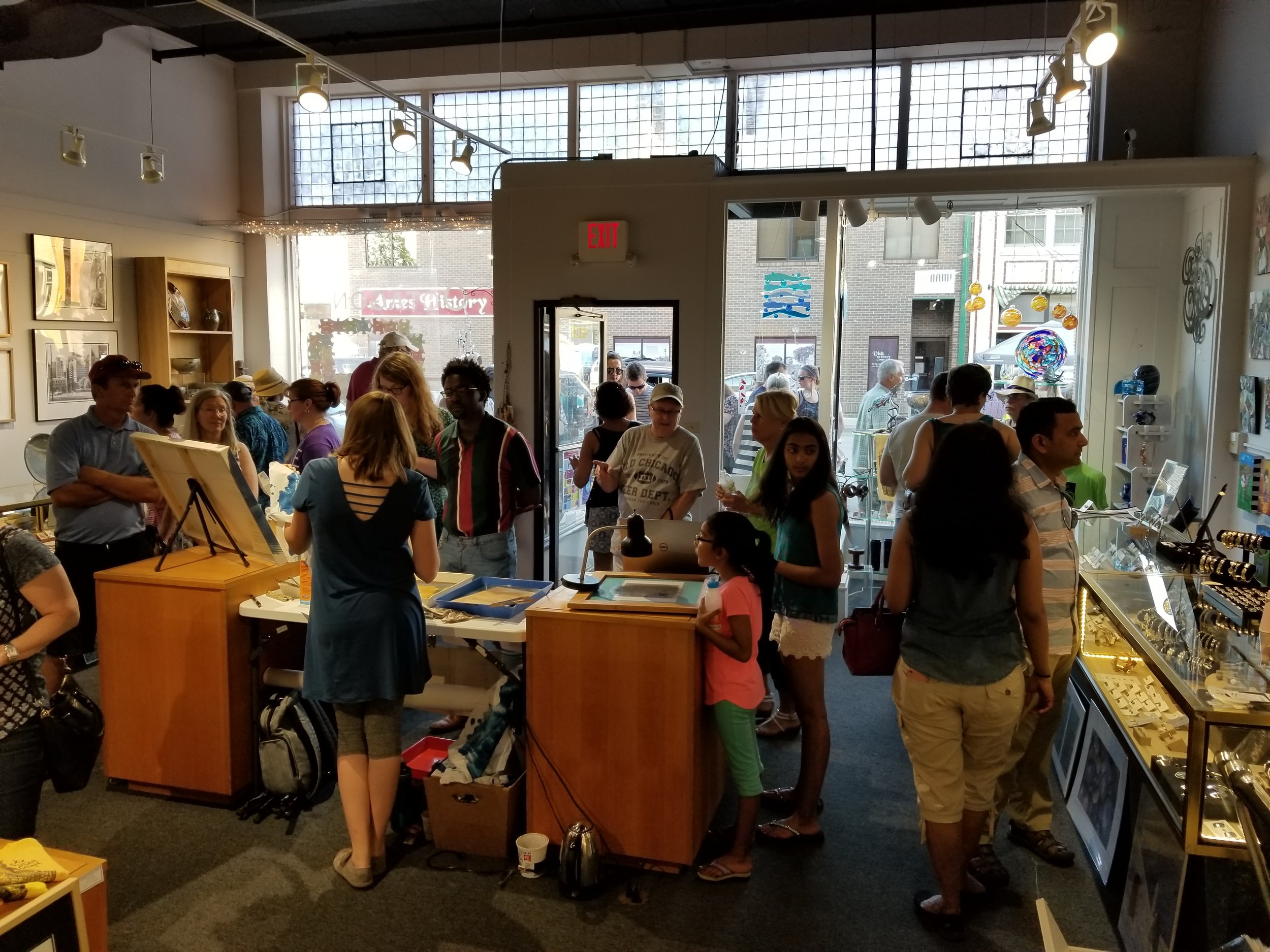Beginning Monday, November 9 and up until the Holiday break, artwork will be on display in the Main Street Cultural District of Downtown Ames. The show will include work from the Smoke and Chaff, Wild Iowa, Restless Tenants, and the Heirlooms series.
I’ve been working on more artwork focusing on wild creatures and pondering their space in our world in relation to our cultural experience. In our capitalist culture which values economics and the free flow of money, how do we value things that aren’t easy to put a price tag on, like the experience of hearing coyotes howl at night, a clear, dark sky for stargazing, and spaces to hike? How do we measure and value relationships with wild creatures such as groundhogs that may destroy property and gardens, but also create habitats for many other animals, expanding biodiversity? (Also, groundhogs are pretty cute!)
There is an idea that animals are “innocent pure souls,” that they have symbolic or even spiritual powers over us. Maybe there is some truth there. Each creature has an energy, a value, and a personality all their own. We can learn about ourselves, and even learn how to work together better, by observing, watching, and listening to animals. But anyone who has lost their chickens to a possum or fox, or worried over their livestock as a coyote runs through the yard, knows that nature is vicious. Eat or be eaten. The bigger, the faster, the better.
In contrast to the ways of wild animals, we have domesticated ourselves. We have sacrificed strength and combat for greater shared values - we value working together, friendship, and fair trade. We imprison those who steal and murder. We litigate, we negotiate, we create government. Our code of conduct is not that of the wild world.
Yet, the song of the coyote gives chills and sparks the imagination. The hoot of an owl gives depth to the dark woods. Mysterious footprints in soft dirt of the yard remind us that we are not alone on our planet. Our “dominion over the earth” is a command, a responsibility. Animal lives depend on us to conserve, to contain and manage pollution, and to leave wild spaces for them and for us. We are indeed in the age of the Anthropocene - the human centered planet. May we not loose our history, our heritage, and our wild neighbors, who are unbounded and free.



